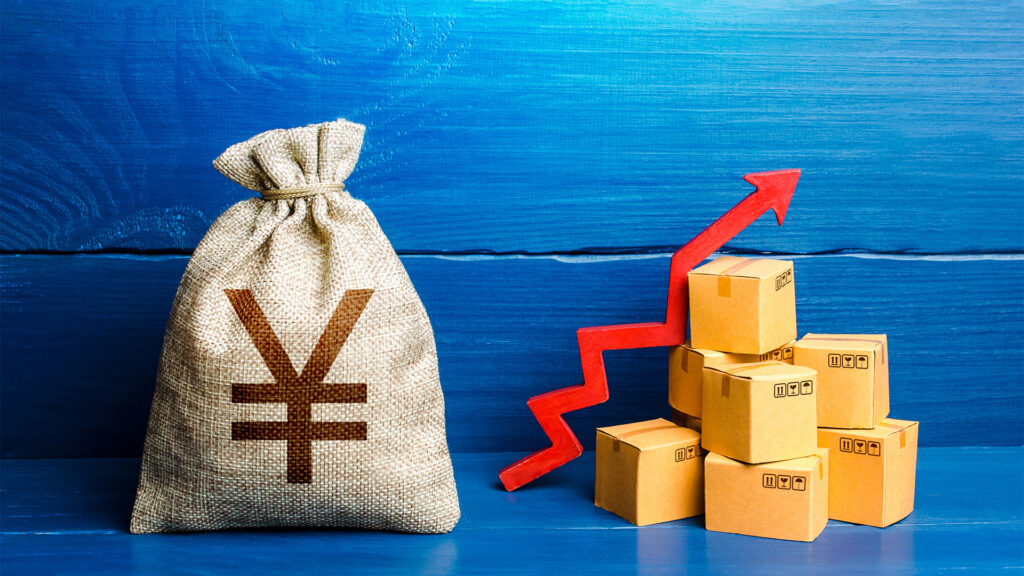China’s consumer prices rose for a third straight month in April, while producer prices extended their declines, as cost pressures remained mixed across a stuttering economy.
According to data from the National Bureau of Statistics (NBS) released on Saturday, the consumer price index (CPI) edged up 0.3% from a year earlier in April, accelerating from a 0.1% rise in March. This figure surpassed the 0.2% rise forecasted by economists.
The CPI also rose 0.1% from the previous month, reversing a sharp 1% drop in March and exceeding the 0.1% decline forecasted by economists. The CPI has increased by 0.4% over the January-April period.
Examining the components of the CPI, there appears to have been underlying strength in prices. Non-food inflation accelerated (up 0.9% vs. 0.7% in March), while in the food category (the most volatile part of the index), prices continued to fall but didn’t drag the entire index lower as they had in previous months. It marked the 10th consecutive month of food price falls (-2.7% vs. -2.7%). Core consumer prices, which exclude food and energy prices, increased by 0.7% year-on-year in April, compared with a 0.6% rise in March.
However, producer prices fell 2.5% from a year earlier, easing from March’s 2.8% slide and slightly below the forecasted 2.3% decline. Importantly, this marks the 19th consecutive month of producer price declines in China, underscoring the enduring economic uncertainty despite numerous support measures from the government.
On a monthly basis, producer prices fell 0.2%, marking the sixth straight monthly decline after March’s 0.1% drop. Producer prices have decreased by 2.7% over the first four months of the year.
On Friday, retail sales, investment, and industrial production figures for April will be released, along with the latest house price data. Before then, the US is expected to announce a list of new tariff measures against Chinese exports, primarily targeting electric vehicles (which are not shipped to the US).

